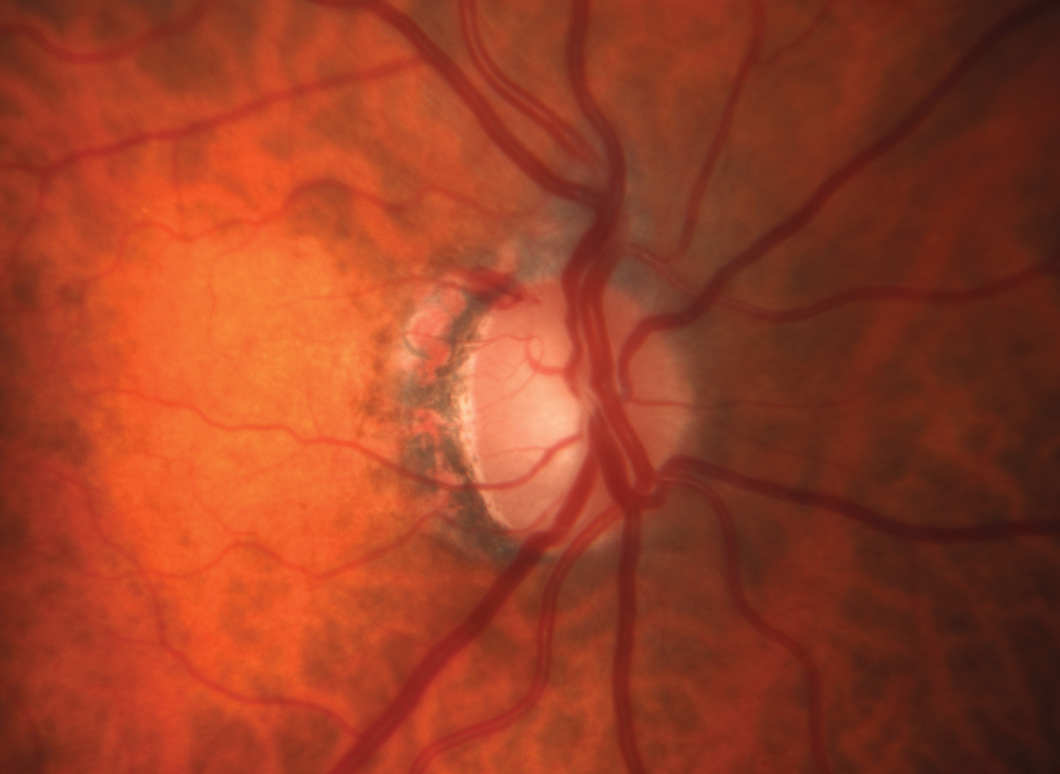 |
| Evidence suggests that blur is not a visual symptom of glaucoma and may instead be non-specific to the disease. Click image to enlarge. |
Blur is a common visual symptom of glaucoma, but it is not directly measured by current clinical tests. In a recent study, researchers aimed to investigate the effects of glaucoma on detection and discrimination of image blur.
Participants with glaucoma were separated into two groups: those with (n=15) or without (n=17) central visual field (VF) defects measured by 10-2 perimetry, as well as an age-similar control group (n=18). Contrast detection thresholds were measured centrally. Then, blur detection and discrimination thresholds were measured for the same stimuli under two contrast conditions: 4x individual detection threshold for the low contrast condition and 95% contrast for the high contrast condition.
The study showed only small increases in blur detection and discrimination thresholds compared with similarly-aged healthy individuals. Reducing stimulus contrast did increase blur detection and discrimination thresholds for all groups, which has been shown in previous studies.
“Contrary to our hypothesis, reducing stimulus contrast elevated blur discrimination thresholds to a greater extent for glaucoma-normal central VF and control groups compared with the glaucoma central VF defect group,” the authors explained. “Together, these results suggest that in early to moderate glaucoma, impairments in detection and discrimination of image blur in central vision are mild, even in the presence of clinically measurable VF defects in the area of the stimulus.”
The smaller-than-expected increase in blur detection and discrimination thresholds in glaucoma with a central VF defect may be explained by the optical limitations on resolution in central vision, the authors noted. Descriptions of blur as a visual symptom in glaucoma may relate to non-central vision, more advanced disease or be non-specific to glaucoma.
Another explanation may be related to the study authors’ choice to set the reduced contrast to 4x the individual's contrast detection threshold. “Since the glaucoma central VF defect group had higher contrast detection thresholds, the low contrast stimuli had higher physical contrast for this group than for the glaucoma-normal central group whose stimuli, in turn, had higher physical contrast than the control group's stimuli,” the authors explained.
Despite the prevalence of blur as a visual symptom of glaucoma, psychophysical measurements of blur detection or discrimination may not be good candidates for development as clinical tests for glaucoma, the investigators concluded.
Bham HA, Denniss J. Effects of glaucoma on detection and discrimination of image and blur. Ophthalmic Physiol Opt. October 21, 2021. [Epub ahead of print]. |


